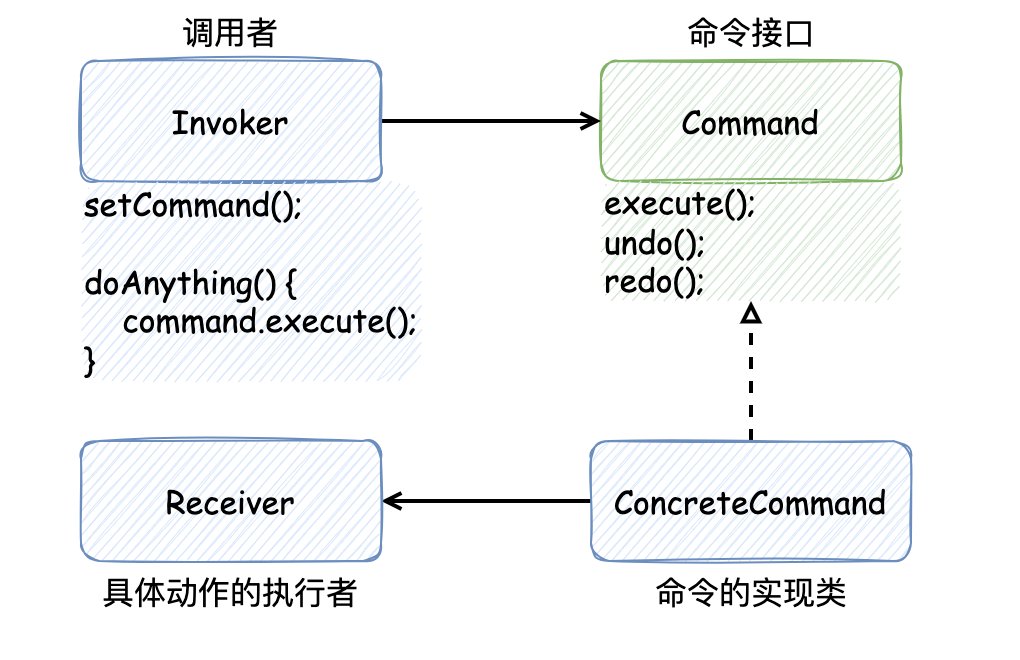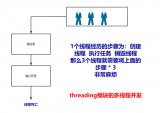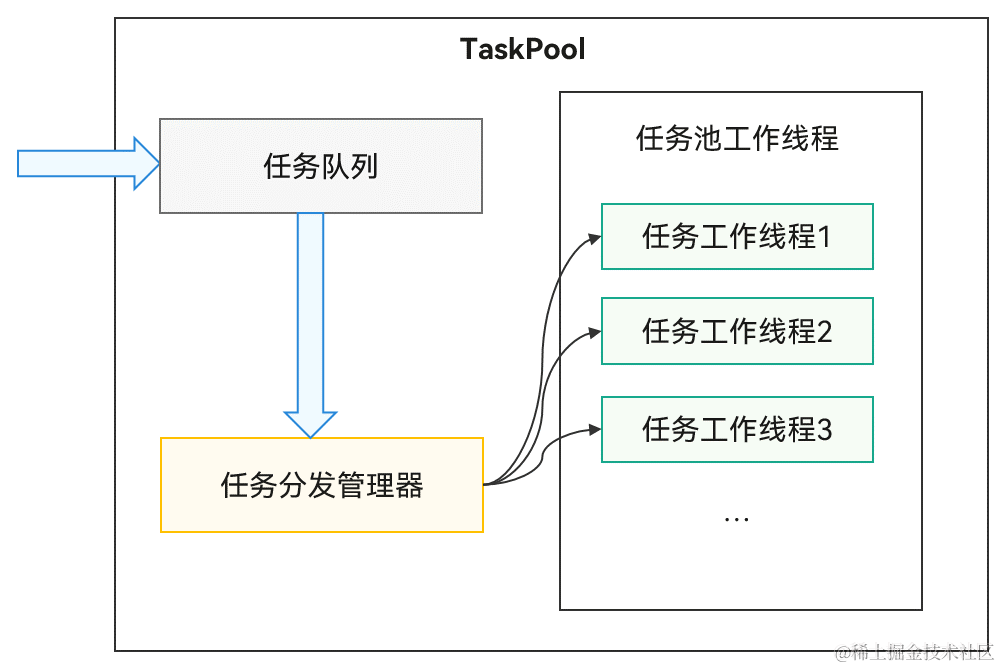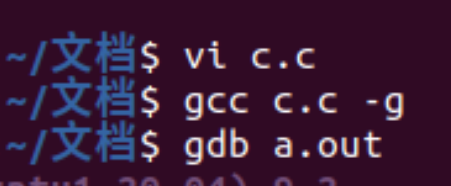1. 用函数创建多线程
在Python3中,Python提供了一个内置模块 threading.Thread,可以很方便地让我们创建多线程。
threading.Thread() 一般接收两个参数:
线程函数名:要放置线程让其后台执行的函数,由我们自已定义,注意不要加();
线程函数的参数:线程函数名所需的参数,以元组的形式传入。若不需要参数,可以不指定。
举个例子
import time
from threading import Thread
# 自定义线程函数。
def target(name="Python"):
for i in range(2):
print("hello", name)
time.sleep(1)
# 创建线程01,不指定参数
thread_01 = Thread(target=target)
# 启动线程01
thread_01.start()
# 创建线程02,指定参数,注意逗号
thread_02 = Thread(target=target, args=("MING",))
# 启动线程02
thread_02.start()
可以看到输出
hello Python
hello MING
hello Python
hello MING
2. 用类创建多线程
相比较函数而言,使用类创建线程,会比较麻烦一点。
首先,我们要自定义一个类,对于这个类有两点要求,
必须继承 threading.Thread 这个父类;
必须复写 run 方法。
这里的 run 方法,和我们上面线程函数的性质是一样的,可以写我们的业务逻辑程序。在 start() 后将会调用。
来看一下例子 为了方便对比,run函数我复用上面的main。
import time
from threading import Thread
class MyThread(Thread):
def __init__(self, type="Python"):
# 注意:super().__init__() 必须写
# 且最好写在第一行
super().__init__()
self.type=type
def run(self):
for i in range(2):
print("hello", self.type)
time.sleep(1)
if __name__ == '__main__':
# 创建线程01,不指定参数
thread_01 = MyThread()
# 创建线程02,指定参数
thread_02 = MyThread("MING")
thread_01.start()
thread_02.start()
当然结果也是一样的。
hello Python
hello MING
hello Python
hello MING
3. 线程对象的方法
上面介绍了当前 Python 中创建线程两种主要方法。
创建线程是件很容易的事,但要想用好线程,还需要学习线程对象的几个函数。
经过我的总结,大约常用的方法有如下这些:
# 如上所述,创建一个线程
t=Thread(target=func)
# 启动子线程
t.start()
# 阻塞子线程,待子线程结束后,再往下执行
t.join()
# 判断线程是否在执行状态,在执行返回True,否则返回False
t.is_alive()
t.isAlive()
# 设置线程是否随主线程退出而退出,默认为False
t.daemon = True
t.daemon = False
# 设置线程名
t.name = "My-Thread"
审核编辑:符乾江
-
多线程
+关注
关注
0文章
278浏览量
20016 -
python
+关注
关注
56文章
4799浏览量
84810
发布评论请先 登录
相关推荐
socket 多线程编程实现方法
从多线程设计模式到对 CompletableFuture 的应用

数字设备中采集数字图像的两种方法是什么
bootloader开多线程做引导程序,跳app初始化后直接进hardfualt,为什么?
鸿蒙原生应用开发-ArkTS语言基础类库多线程并发概述
鸿蒙原生应用开发-ArkTS语言基础类库多线程TaskPool和Worker的对比(一)
鸿蒙原生应用开发-ArkTS语言基础类库多线程I/O密集型任务开发
java实现多线程的几种方式
python中5种线程锁盘点





 python创建多线程的两种方法
python创建多线程的两种方法













评论